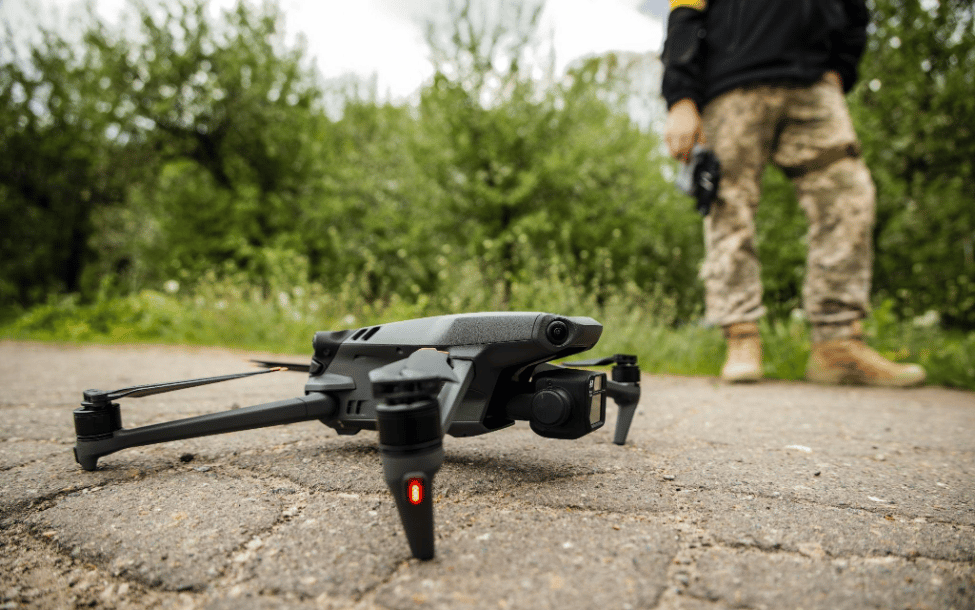As the one-year anniversary of Russia’s invasion of Ukraine approaches, the Ukrainian military continues to defend against an endless offensive in its eastern territories. Since the invasion began on February 24th last year, the war’s trend has increasingly favored the defenders. The aggressor, whose suffered the decimation of its commanders, elite units, and modern equipment, has resorted to tactics mirroring that of the world wars fought a century ago. With little more than a surplus of men to leverage, the Russians can do little more than throw an amalgam of poorly trained conscripts, private military contractors, and recruited prisoners at the lines of defense.
With no competency left at its command level, the Russian army has resigned to losing hundreds of fighters to secure single houses, berms, and intersections. Yet these successes are far and few. Most attacks yield no advancement but plenty of “cargo 200,” the radio jargon broadcast by Russians to rear elements to catalog their casualties.
Observing the Ukrainians repelling an outsized military – their forces have made a habit of sharing videos of counteroffensives and trench warfare on Telegram, TikTok and Reddit – two things become evident: Ukrainian tactical competence and western-influenced fighting abilities have embarrassed an army once regarded as the second greatest military on earth. The Ukrainians are managing this, as they have for a year, by relying heavily on crowdsourced, donated, and storebought civilian equipment.
That’s not to say NATO hasn’t supplied Ukraine with billions of dollars’ worth of weaponry, because it has. At the time of this publication, a container ship full of American Bradley fighting vehicles and rocket-equipped Humvees has offloaded its cargo, bound for the front, in a German port.
NATO has also repeatedly crossed its own arbitrarily imposed “red lines” barring what equipment it said it wouldn’t provide, for fear of nuclear escalation. A coalition of European countries, Britain, and the U.S. have now committed to providing Ukraine with nearly 200 modern tanks. The U.S. will provide longer-range missiles, too. Britain will begin training Ukrainian pilots.
These arms deliveries and training partnerships are signs of continued and broadening NATO support. Artillery, armor, and fighting vehicles comprise only a portion of the aid sent to Ukraine. Most of its military has abandoned Eastern Bloc arms, like AK-47s rifles, RPK machineguns, and Soviet-era mortars and howitzers. Many Ukrainian units now use modern NATO rifles, like M4s and M16s, and western machineguns, like the American M2 Browning, M249 SAW, M240B, and the German MG3. Ukraine has pummeled Russia with Canadian and American M777 howitzers and millions of shells, and retaken thousands of square kilometers of territory.
That this war has become a protracted grind between two adversaries is not because of the depth and scope of the weapons Ukraine is receiving. It’s the volume deficit. The frontline, according to Ukrainian President Zelenskyy, spans more than 2,500 kilometers. About half of it is mired in active fighting. That’s a little over 800 miles, enough distance to cover a road trip across more than a third of the U.S. east coast.
Where the Ukrainians receive plenty of ammunition for their machineguns, howitzers, and rifles, they suffer for lack of first aid kits. Where the Russians strike Ukrainian trenches with artillery, the defenders struggle to respond with effective counterfire, lacking the necessary surveillance drones. Wounded fighters are often left to wait, tourniquets bound, for an exfiltration vehicle to the rear before they can receive life-saving treatment.
The Ukrainians have relied on unconventional arms, equipment, and other sources of militaria to fill these gaps. Hobbyist freestyle drones, flown from a first-person perspective with goggles and equipped with grenades and explosives, have been turned into effective kamikaze vehicles. Other drones, notably DJI’s Mavic series of photography quadcopters, have been used to drop explosive charges, surveil Russian positions, and help to guide artillery fire.
A plethora of community-solicited donation pages has popped up on social media. On Reddit’s “r/Ukraine” page, a group of fighters – medics, foreign legion volunteers, and infantrymen – have set up Amazon pages for community members to donate, or even directly purchase and sponsor first aid equipment and cold weather gear.
Ukrainian athletes and singers, now donning uniforms and rifles, have used their public images to raise significant sums of money. Some have raised funds to purchase armored personnel carriers. Others have afforded military-class “Bayraktar” strike drones from Turkey. Where NATO-issued equipment fails to reach frontline forces, civilian-equivalent components, including commercial AR parts and rifle accessories, sporting goods-brand rangefinders meant for hunting or golf, hunting camouflage suited for the American northwest, and even alpine tents, fill the gaps.
Western countries are, indeed, increasing the number of supplies being provided to Ukraine. But deliveries take precious time – time that gives Russia more opportunity to continue its grinding, indiscriminate assaults. Civilian companies are stepping forward to assist. At a conference in Lviv in October, the CEO of Atlas Aerospace, a drone maker, said, “Ukraine needs all the categories of drones: huge ones, small ones, kamikaze drones.”
General Atomics, the American drone maker responsible for providing the U.S. military with its famous Reaper drones, has offered to sell two drones to Ukraine for the symbolic price of $1, pending approval by the U.S. government. A private arms dealer in Europe, Belgian businessman Freddy Versluys, has offered Ukraine a warehouse stocked with second-hand German Leopard 1 tank.
As the one-year anniversary of the war approaches, Kyiv fears that Russia will make a desperate, perhaps final push to retake swaths of territory in the country. Military advisers to Zelenskyy have claimed that up to half a million Russians have been conscripted for the new offensive.
Unable to make any measurable advances on its fronts, Russia has conducted indiscriminate strikes against Ukrainian power plants and civilian infrastructure. Ukraine’s improved air defense capabilities have severely reduced the success of these strikes. But the war of attrition will continue – until, at least, NATO can provide enough support that Ukraine no longer needs to rely on donations and civilian equipment.
